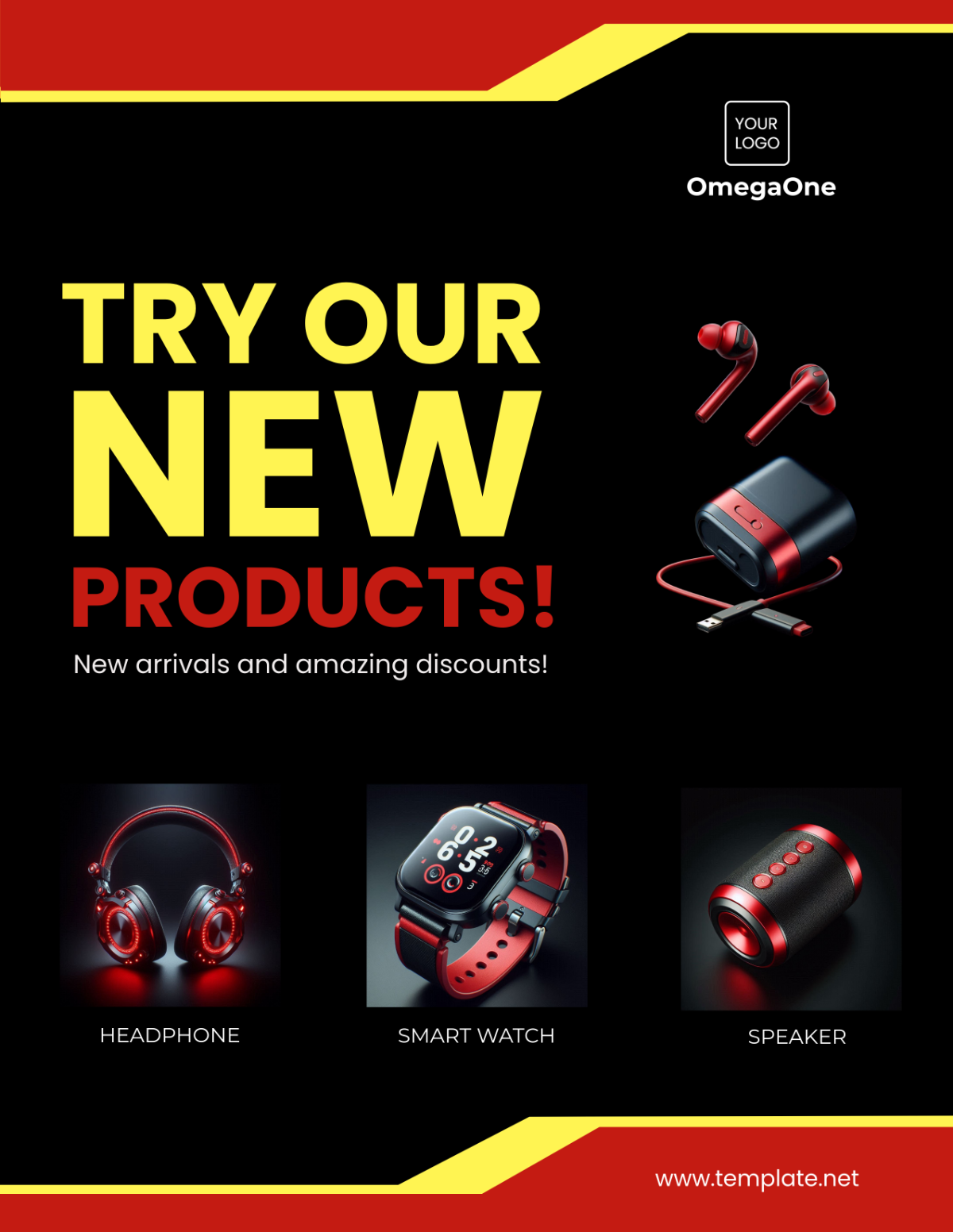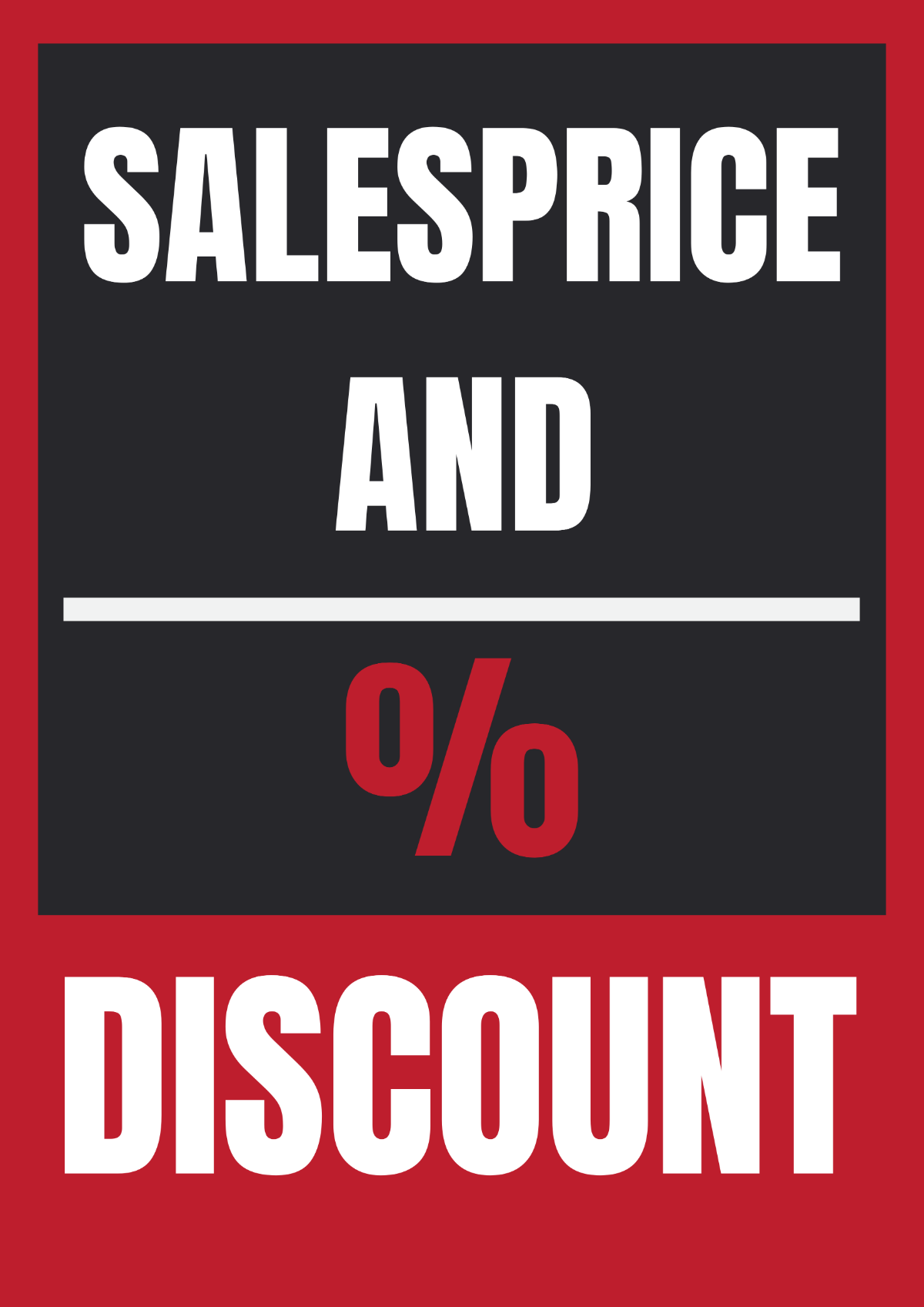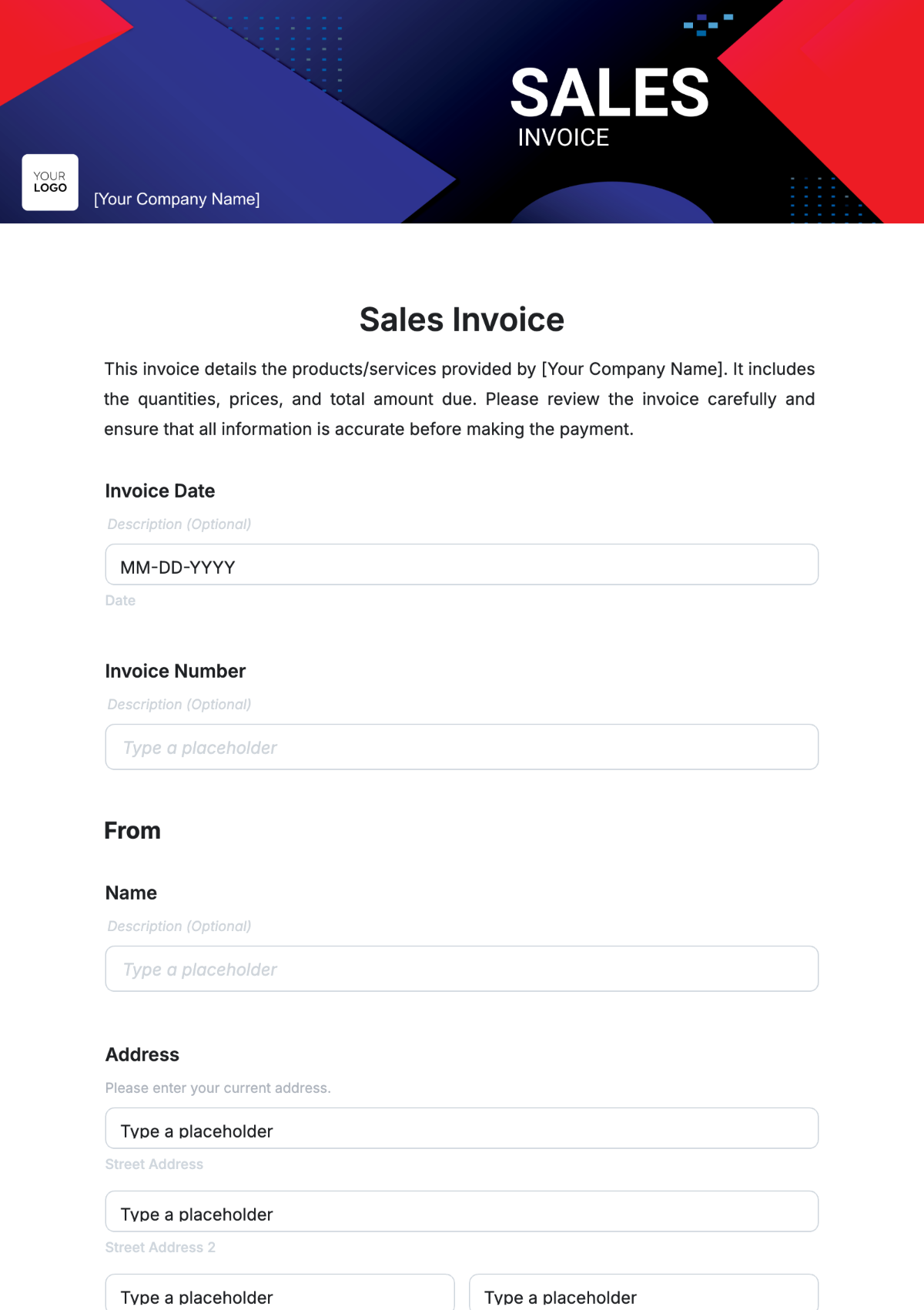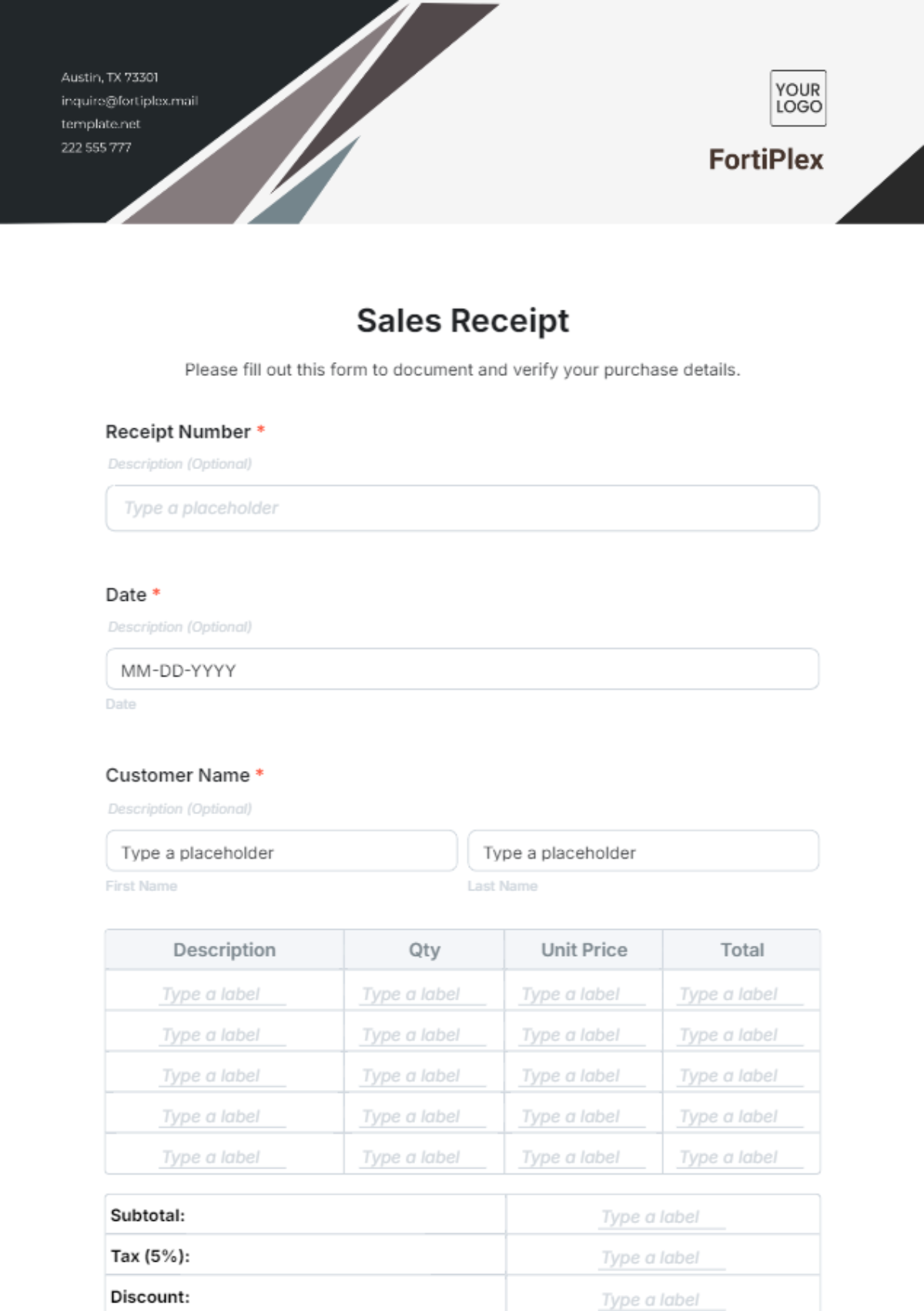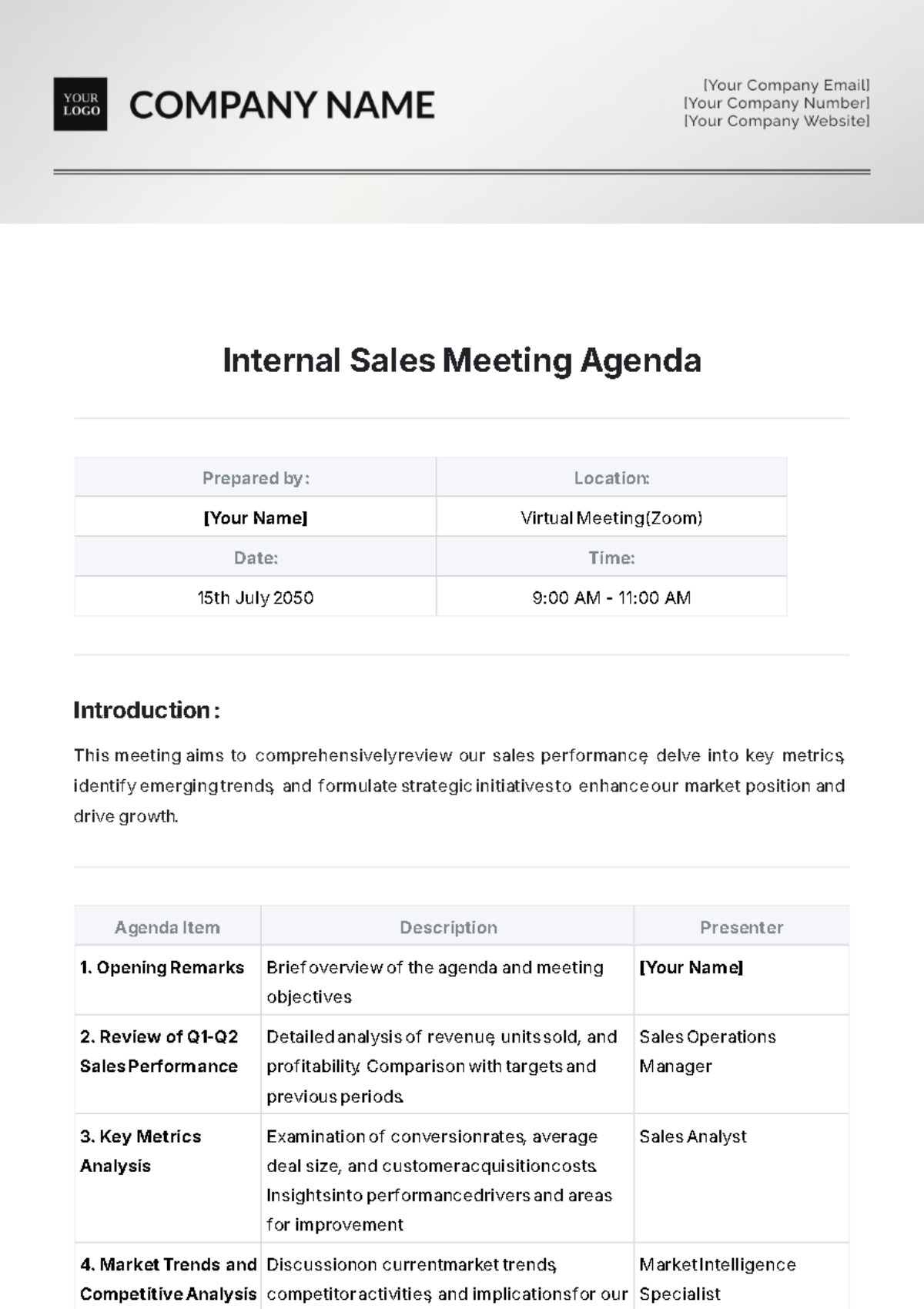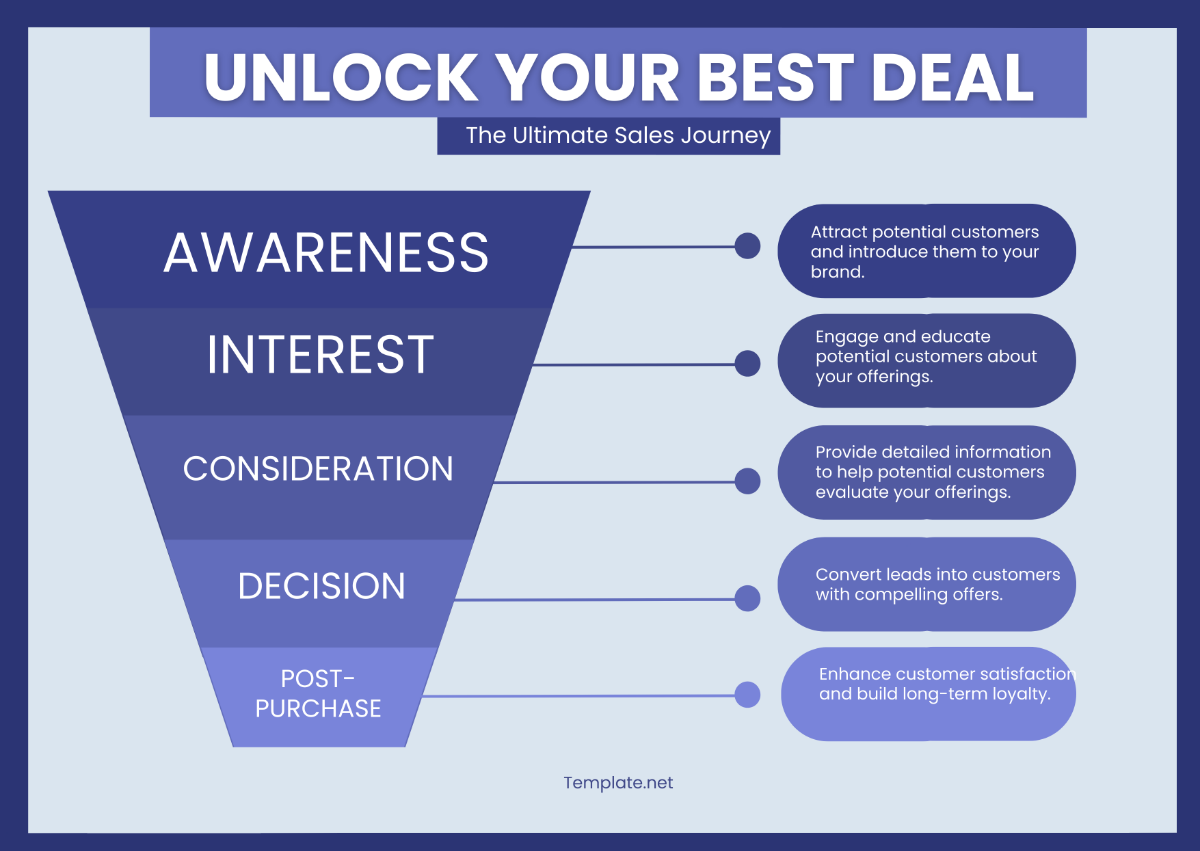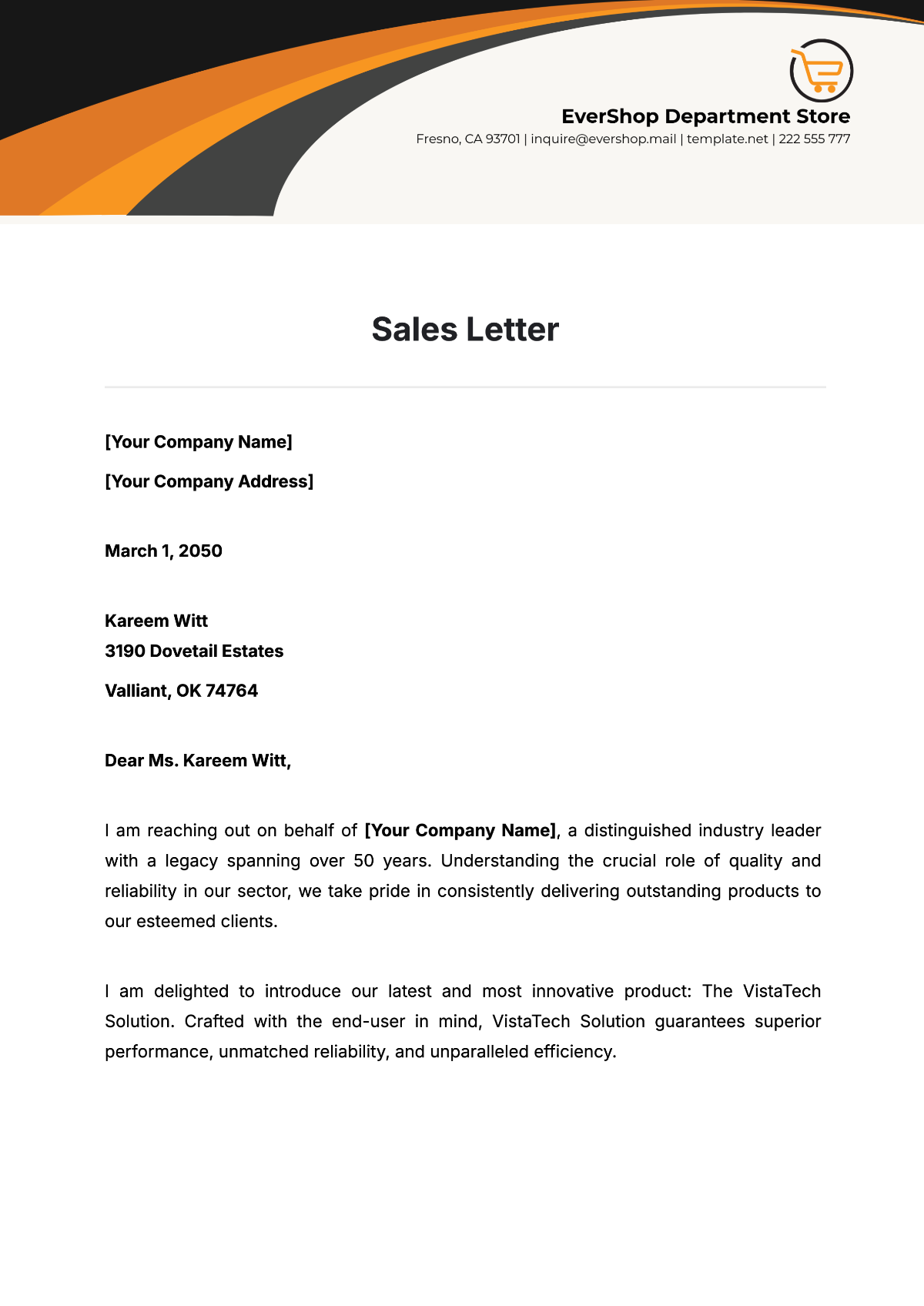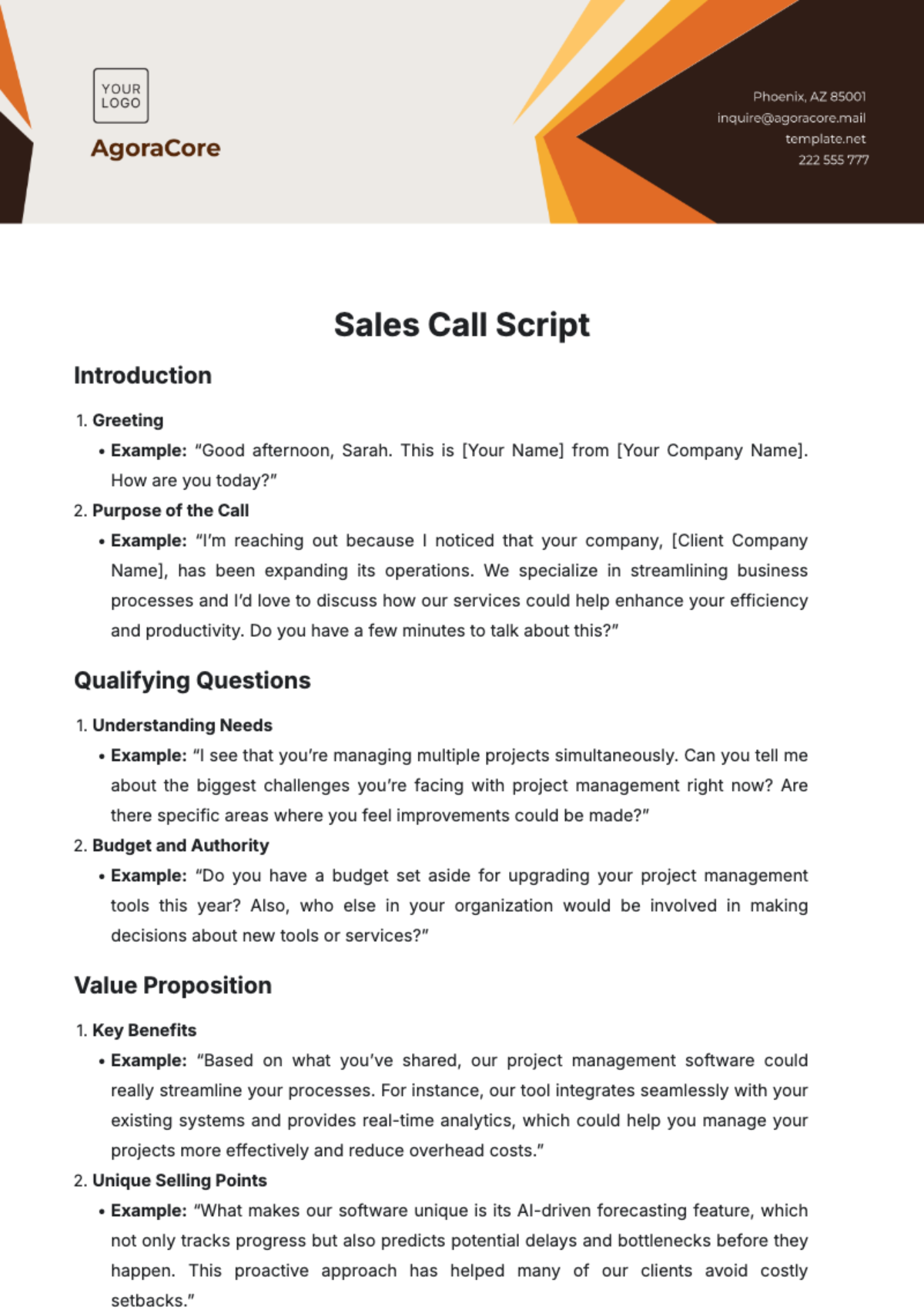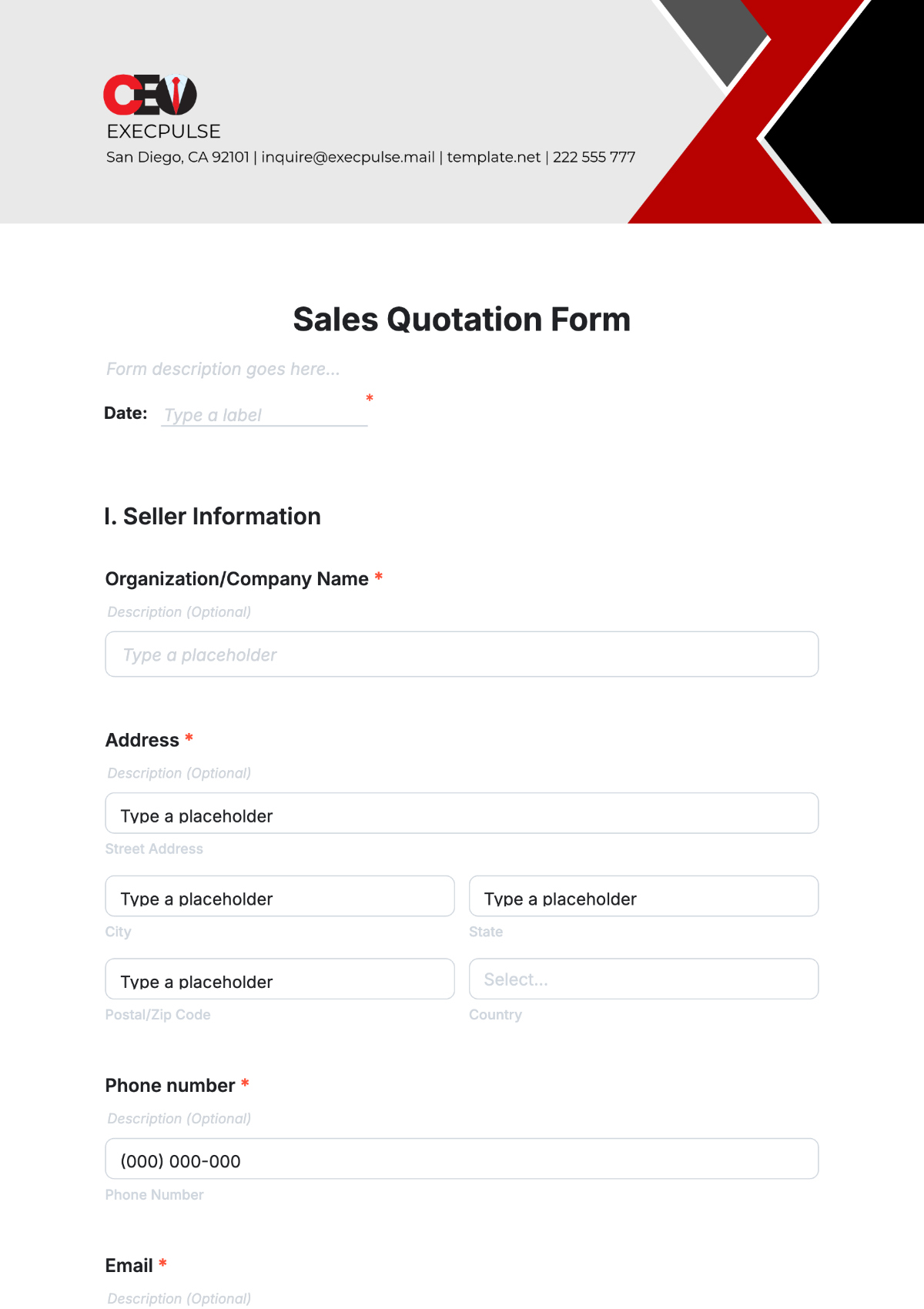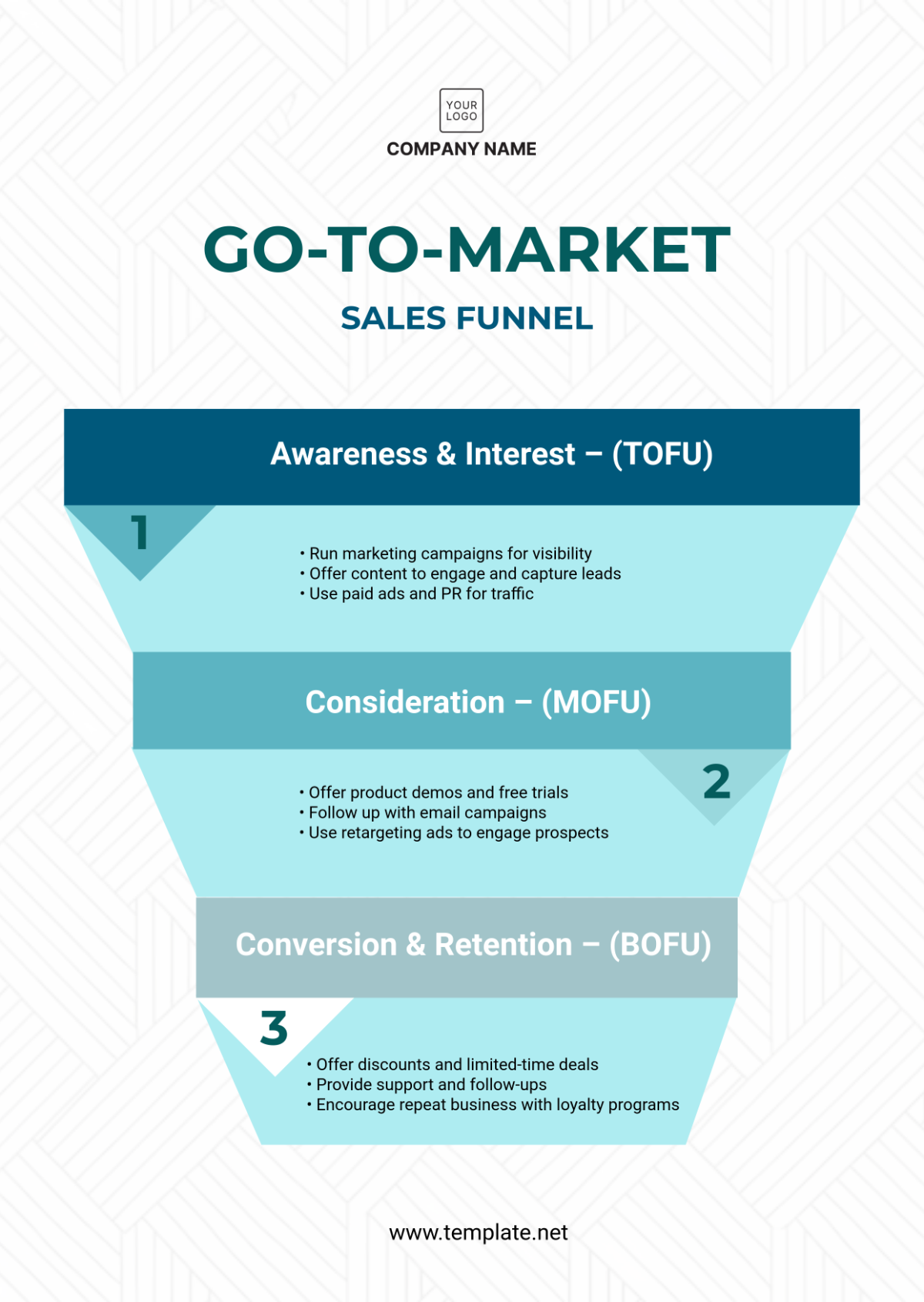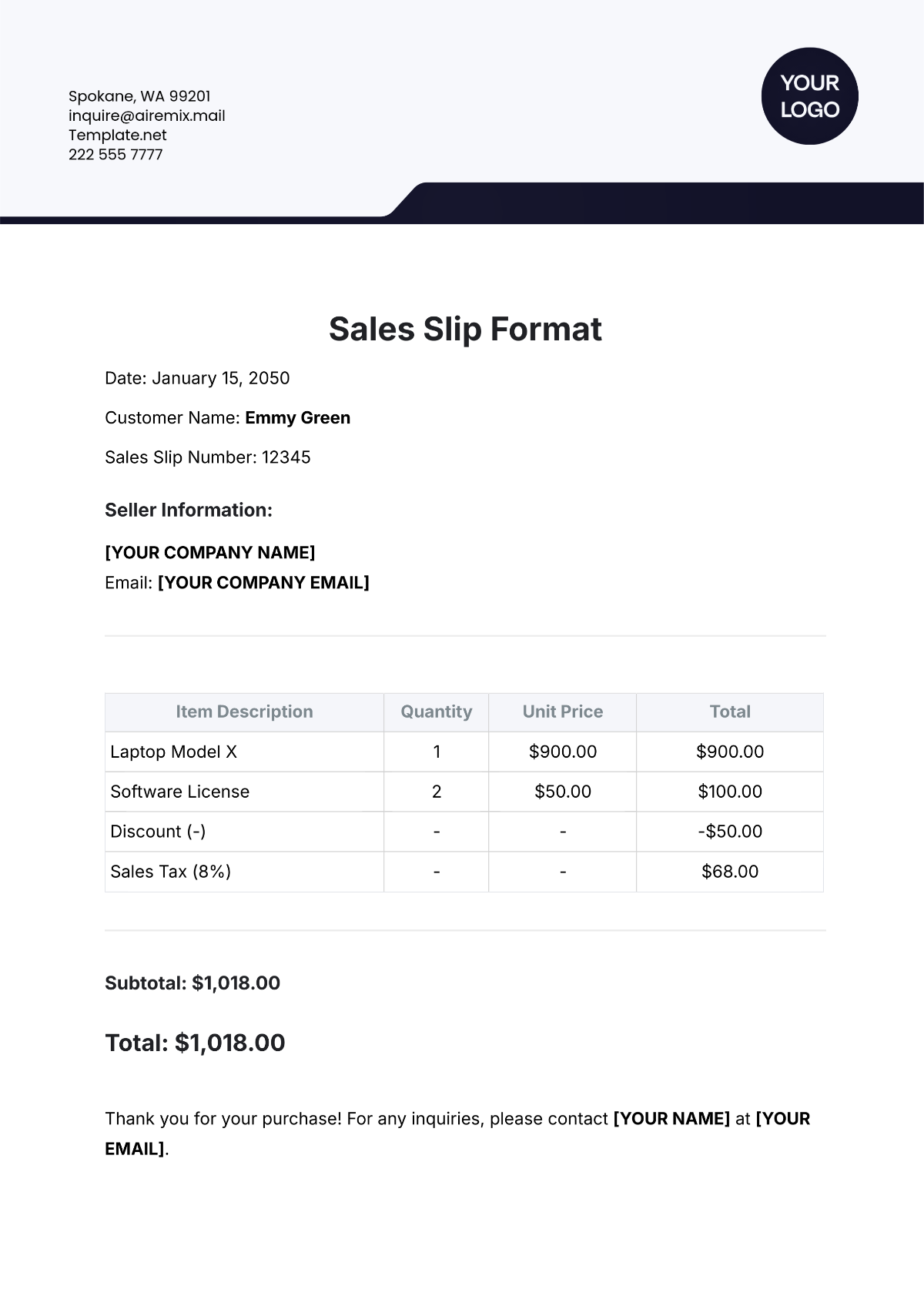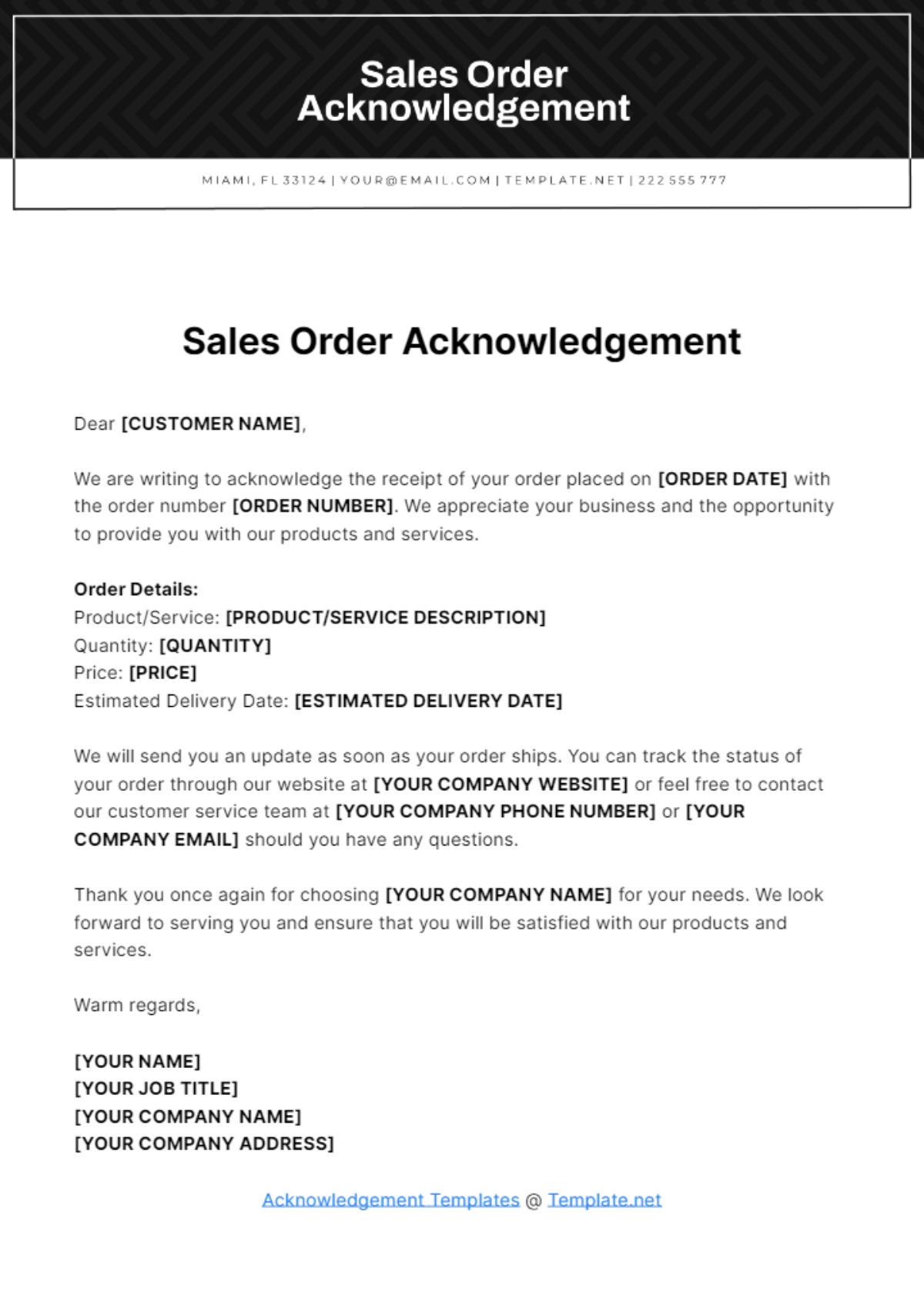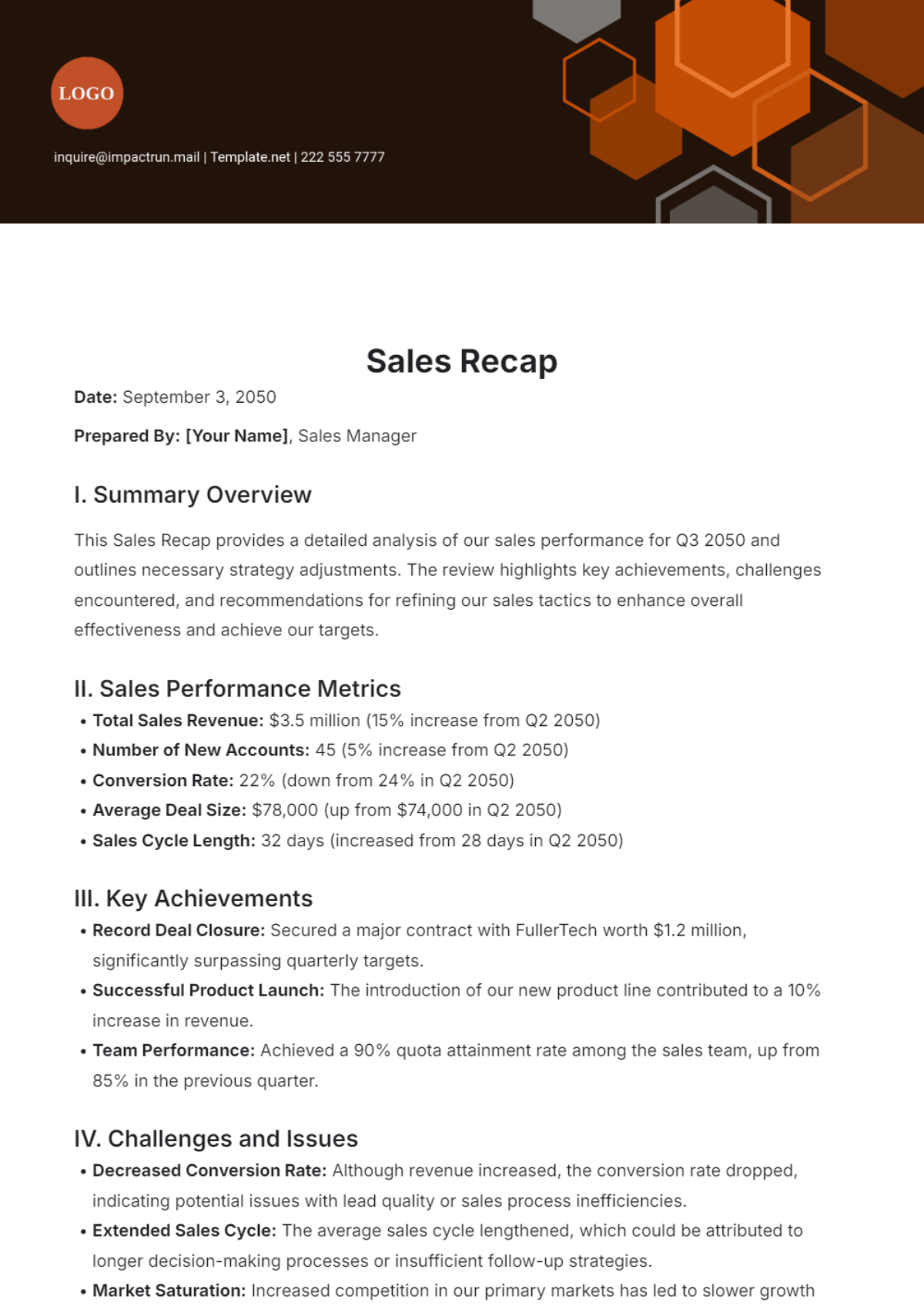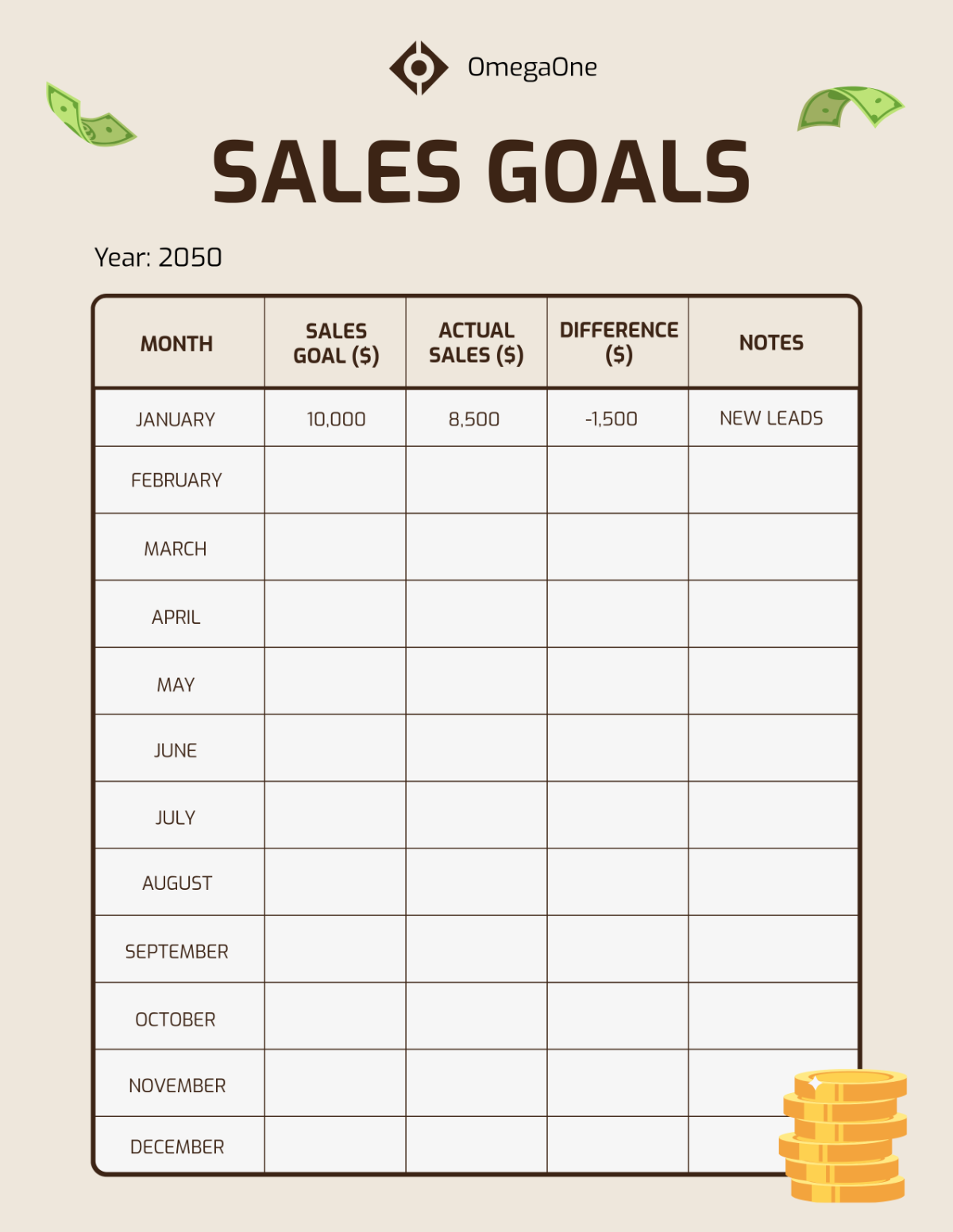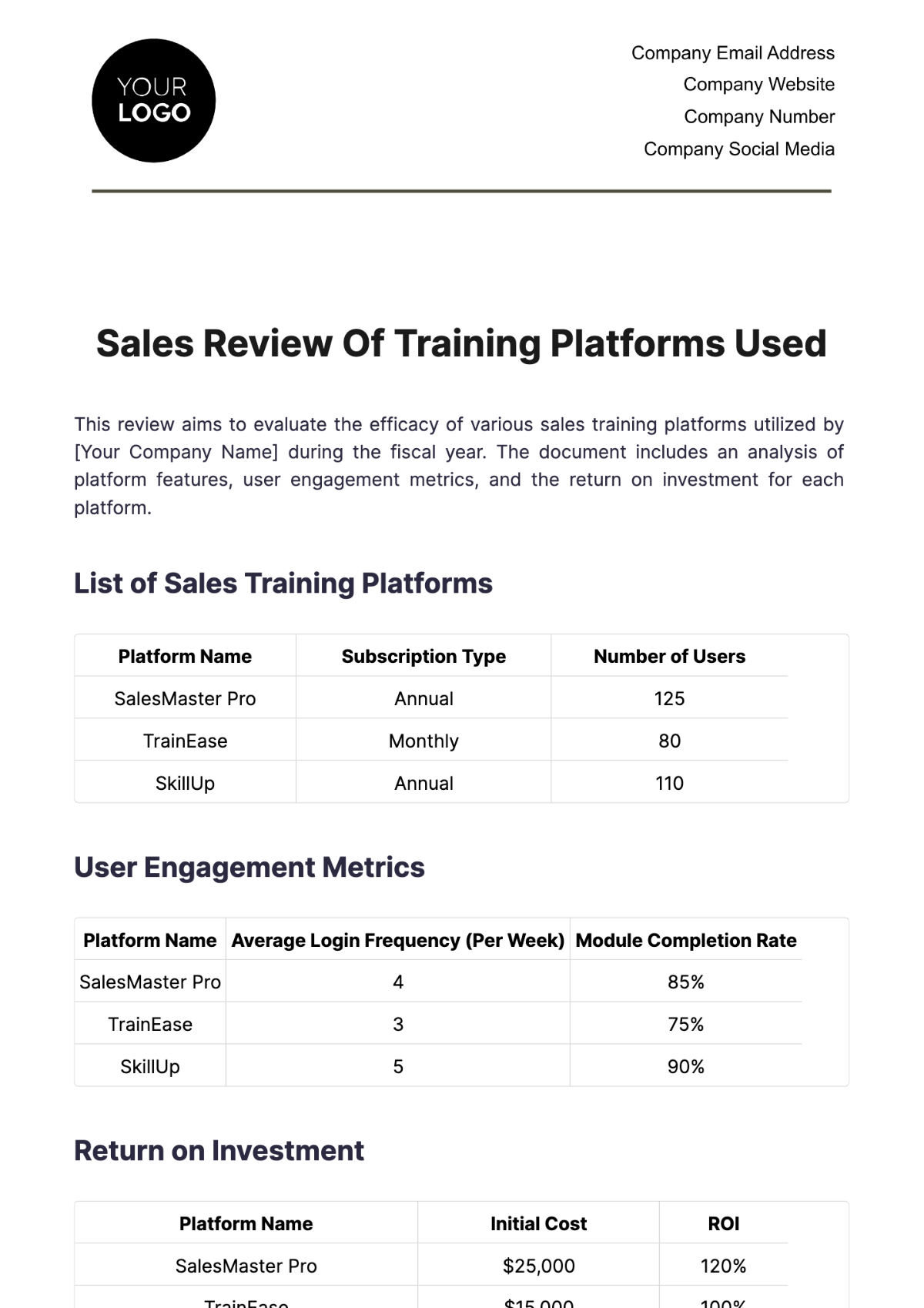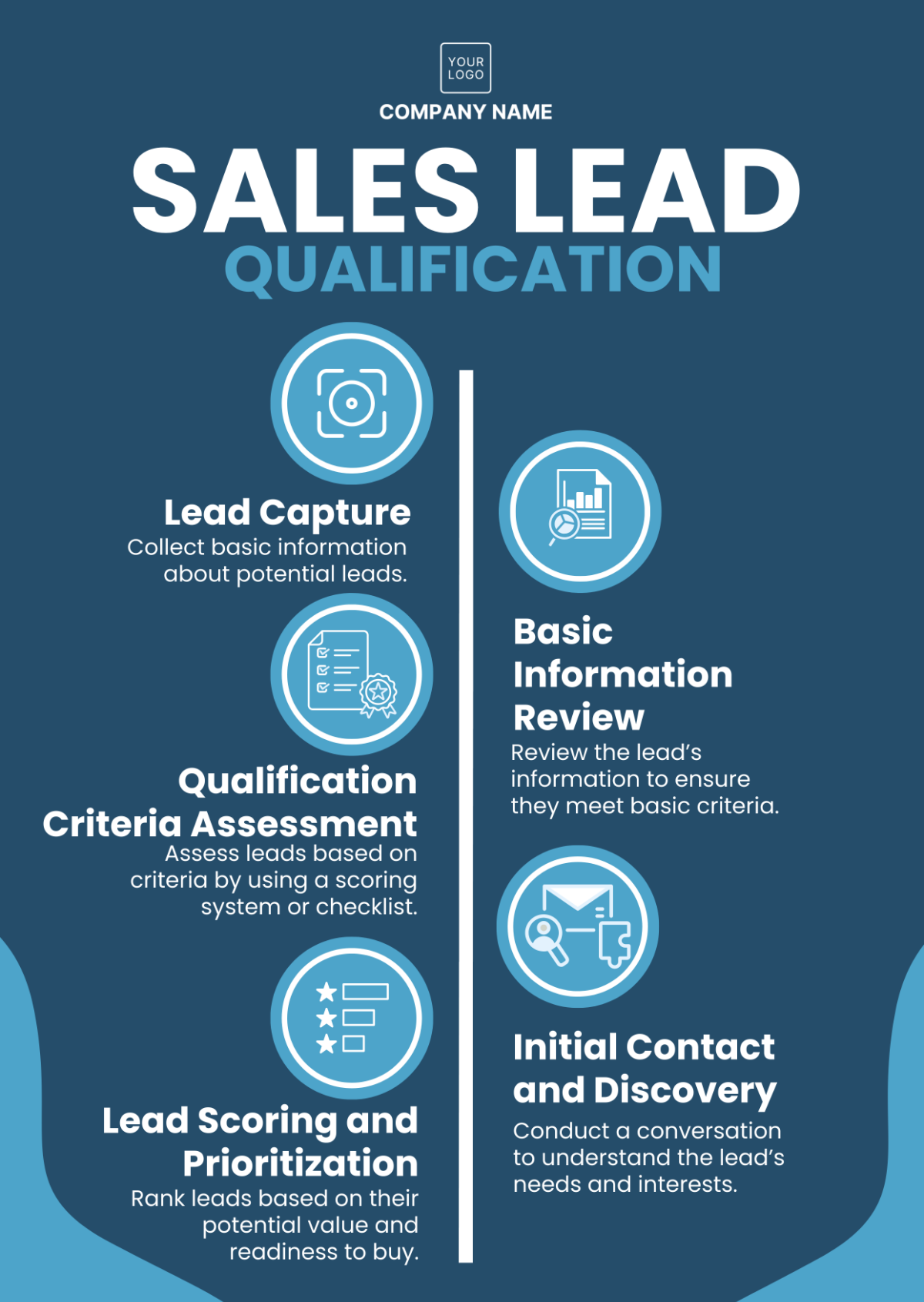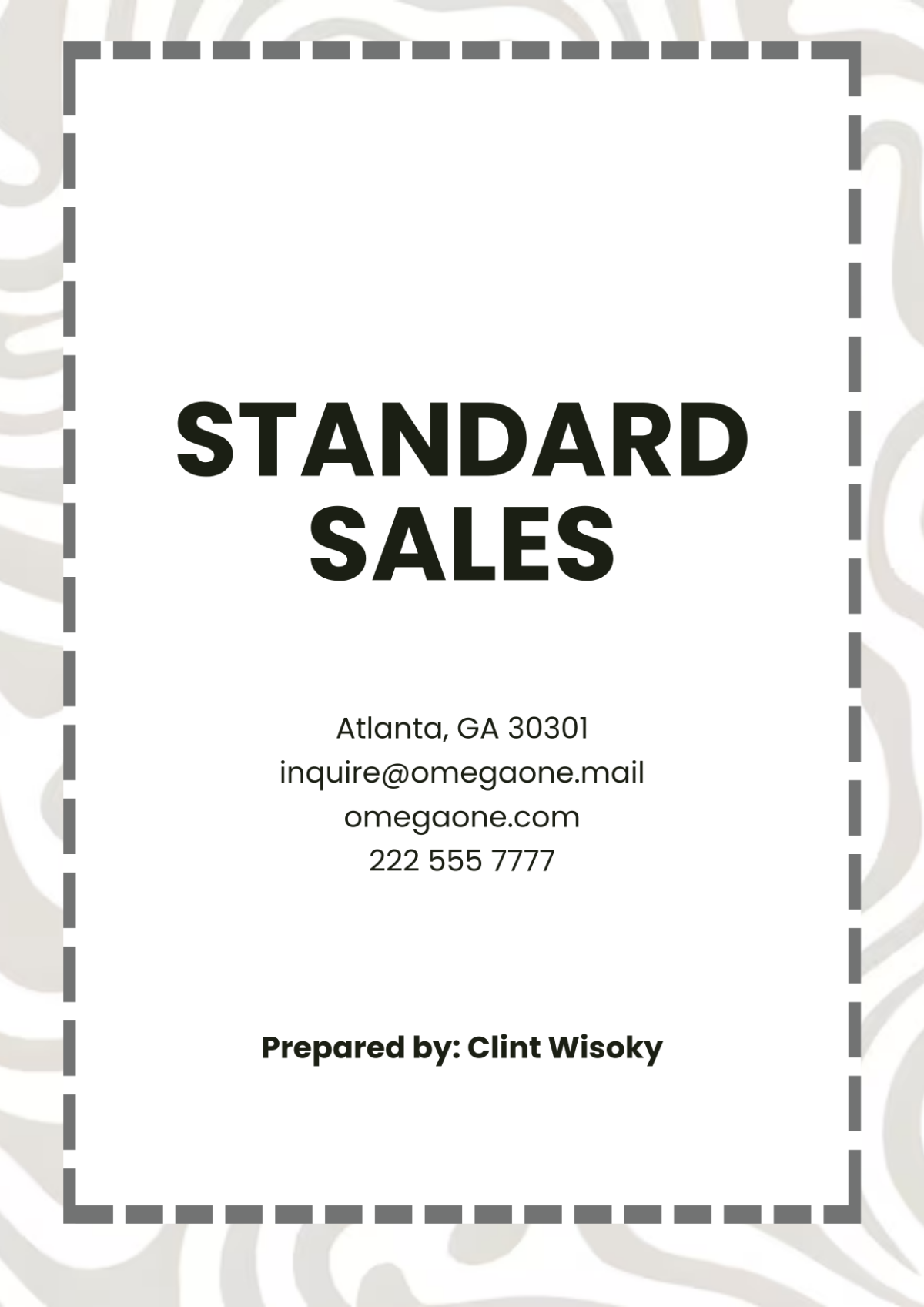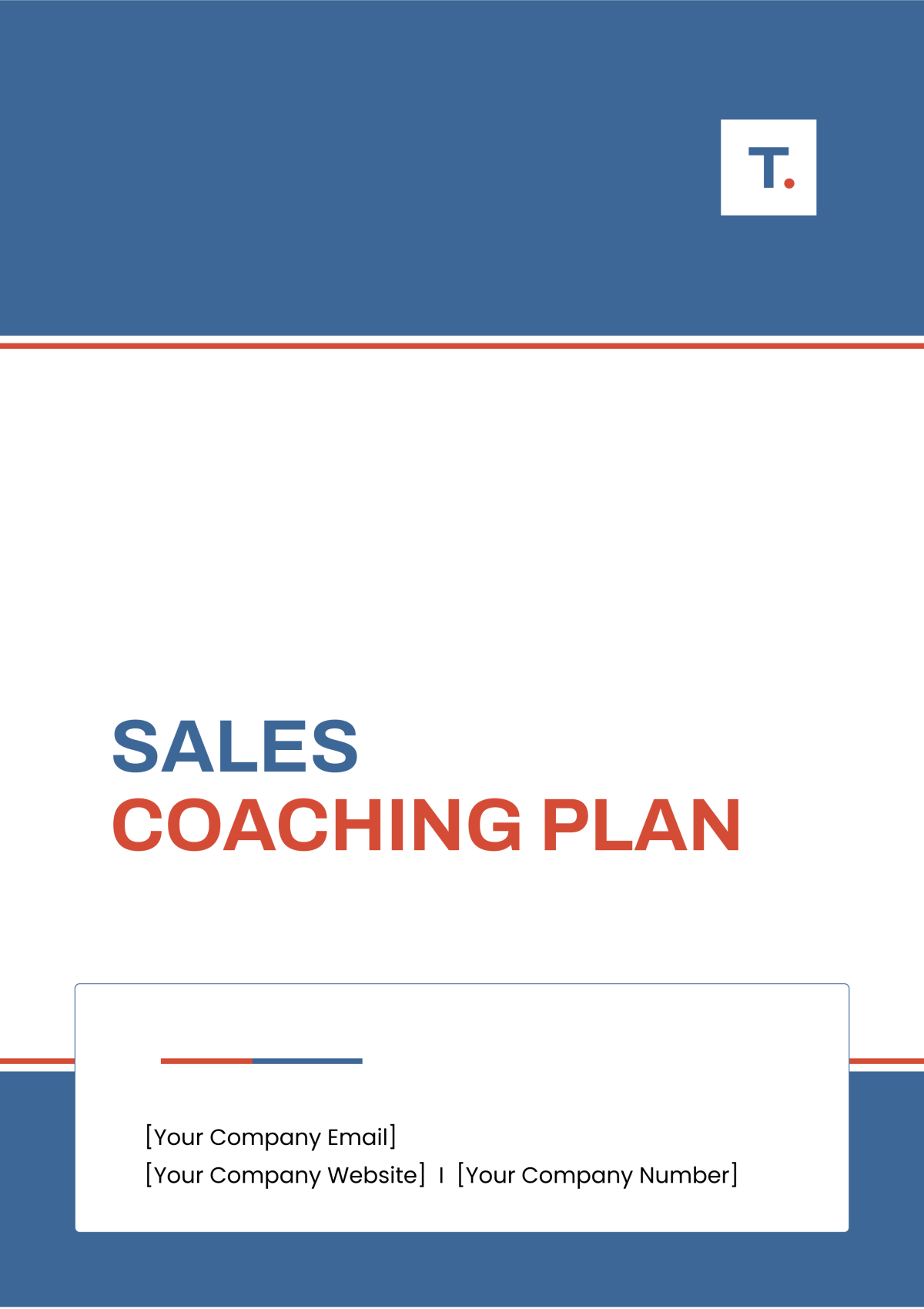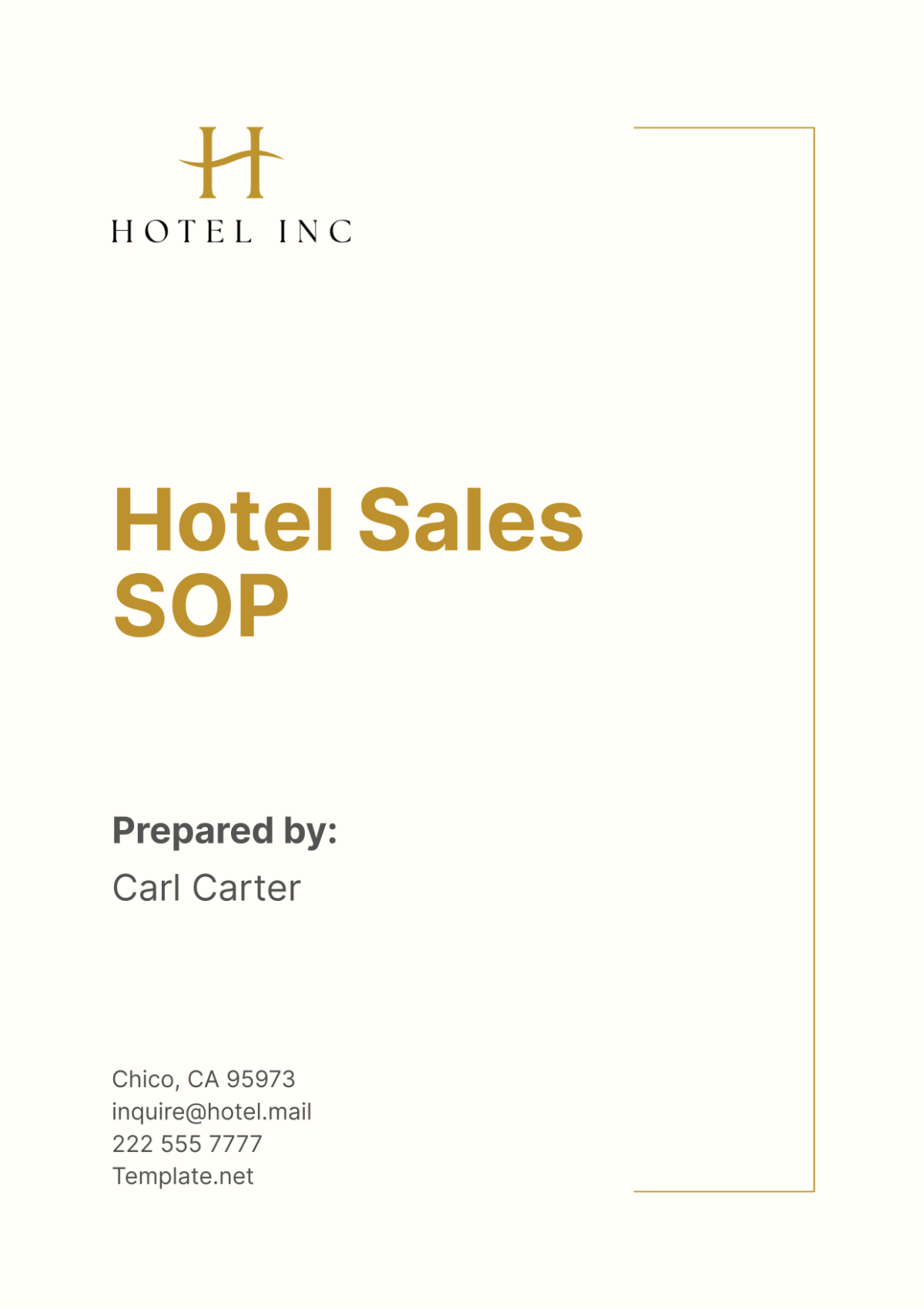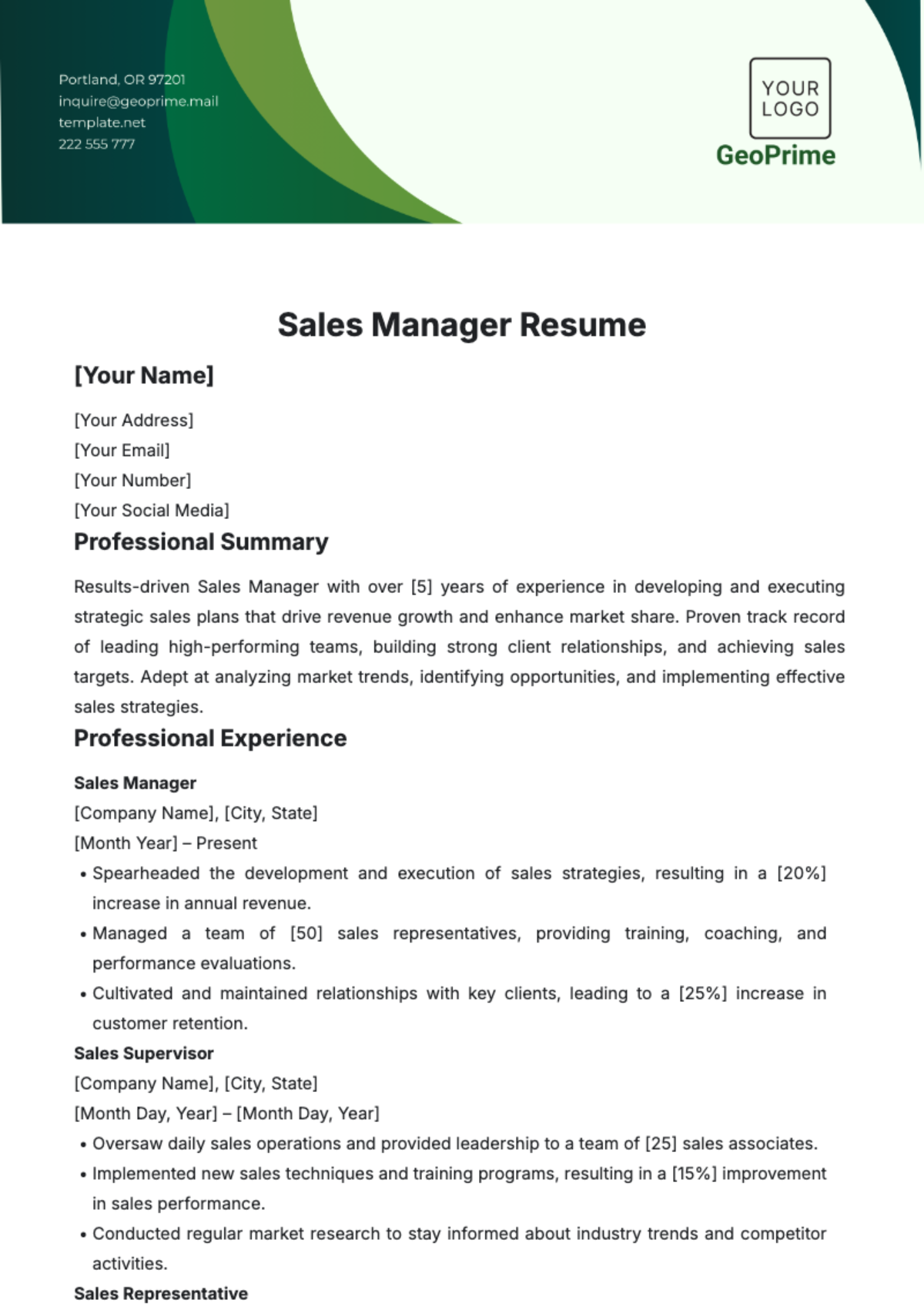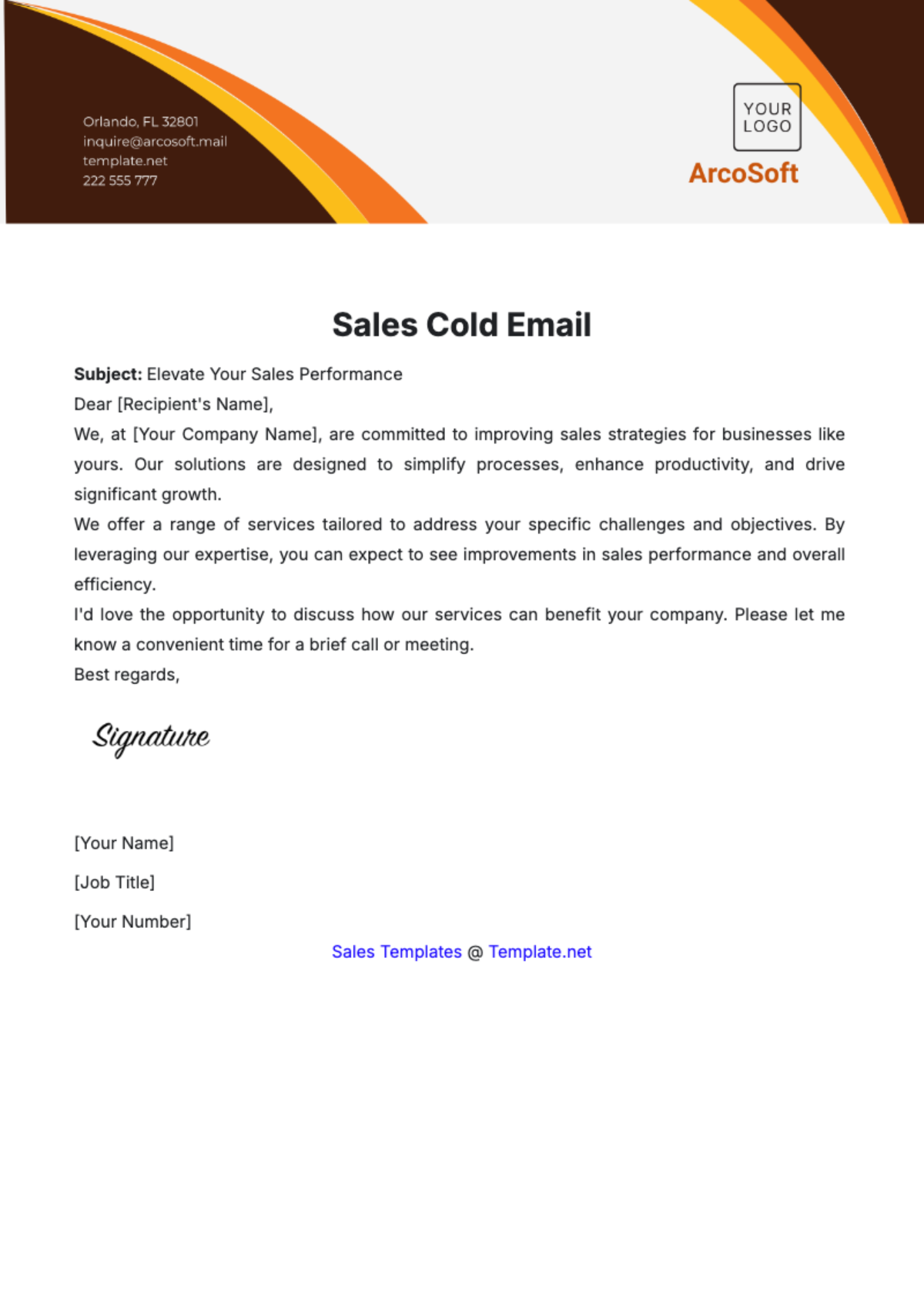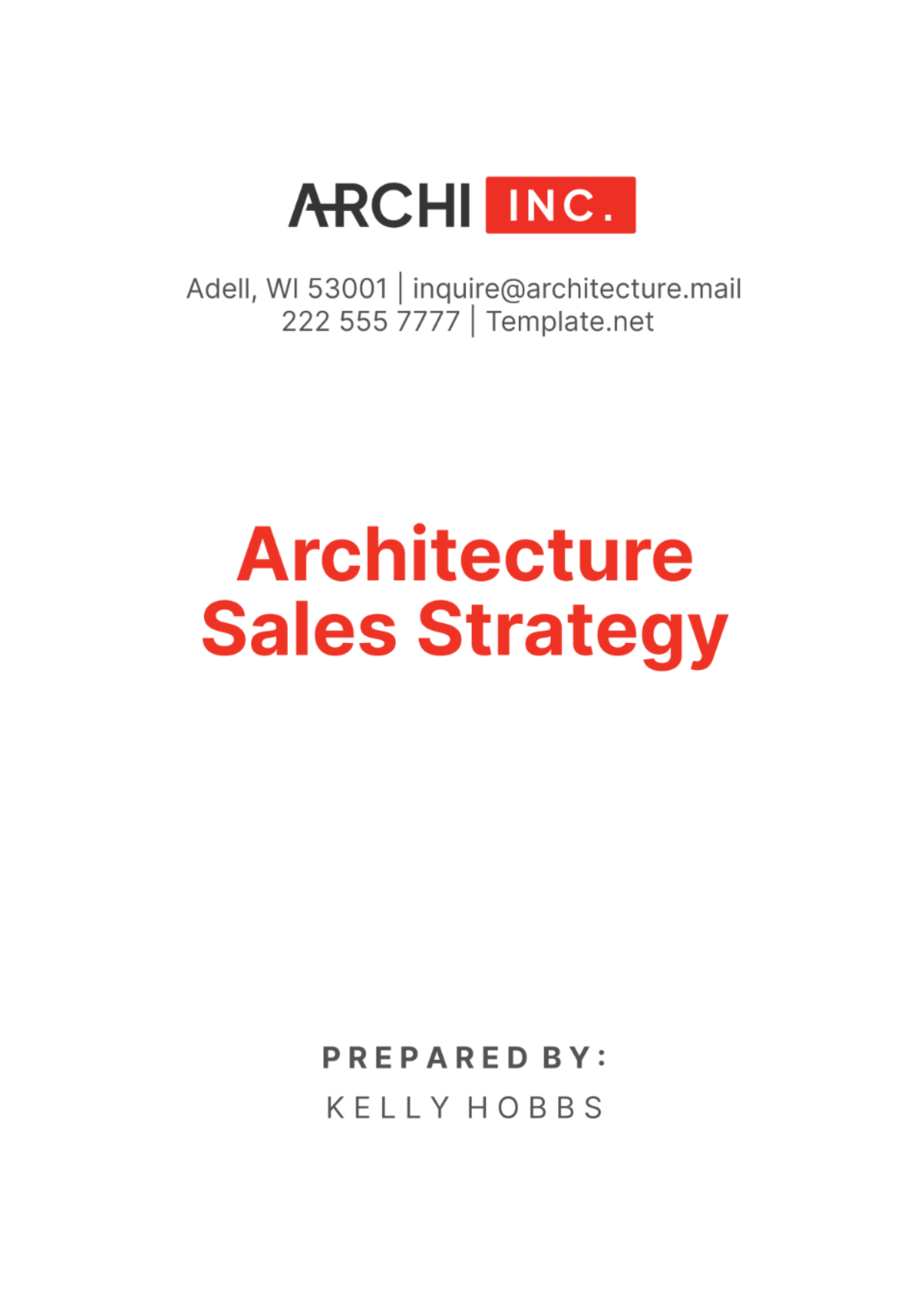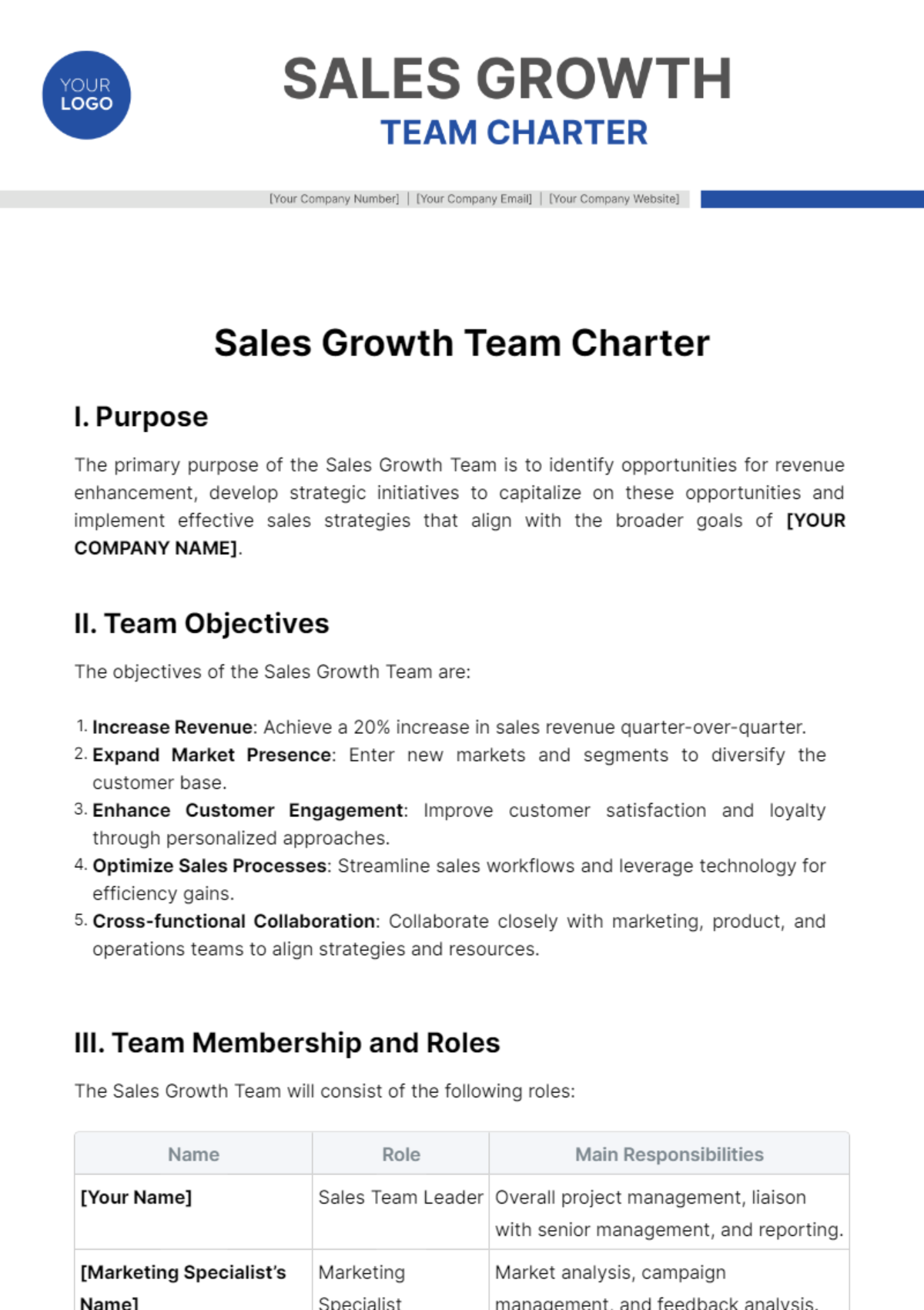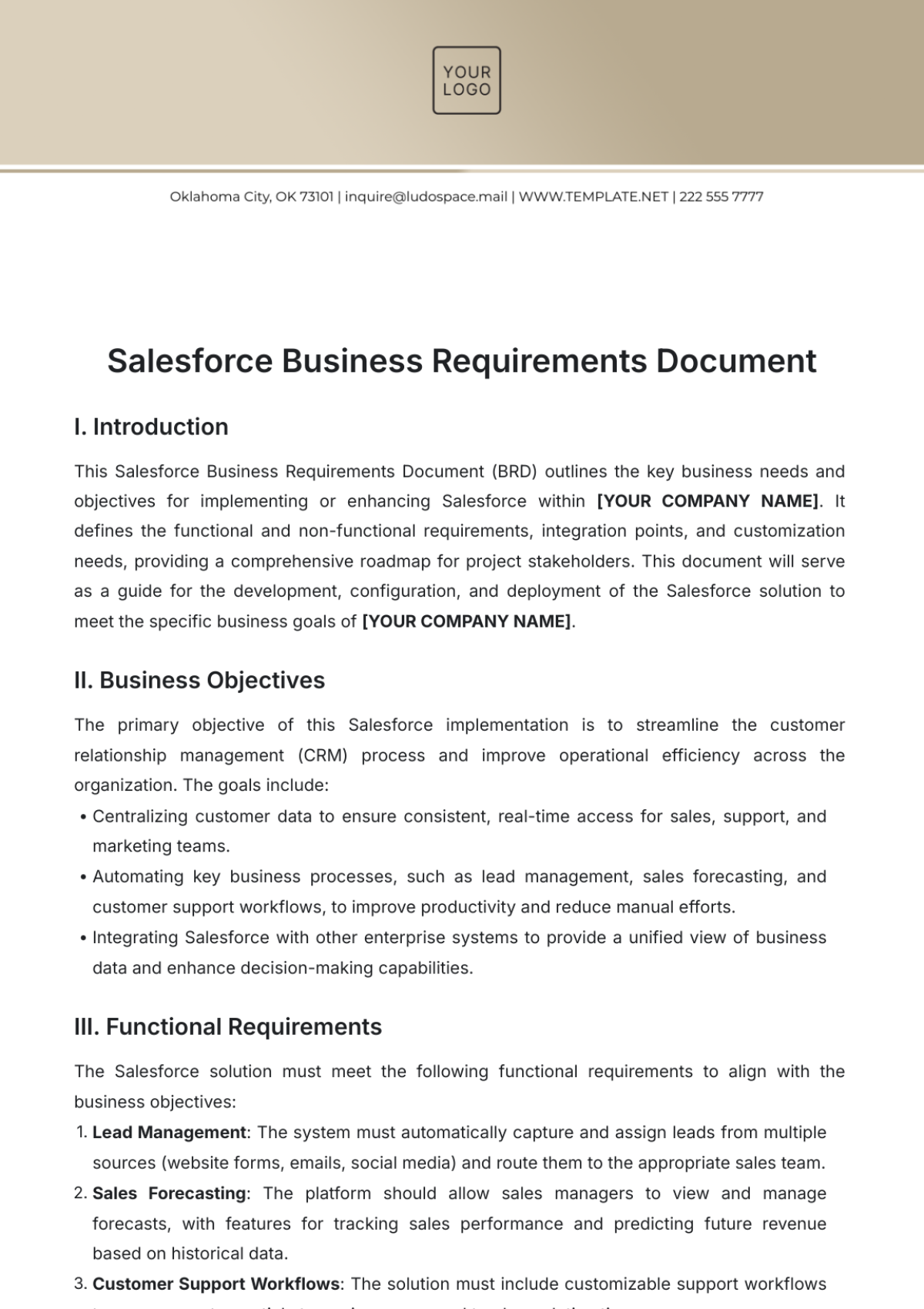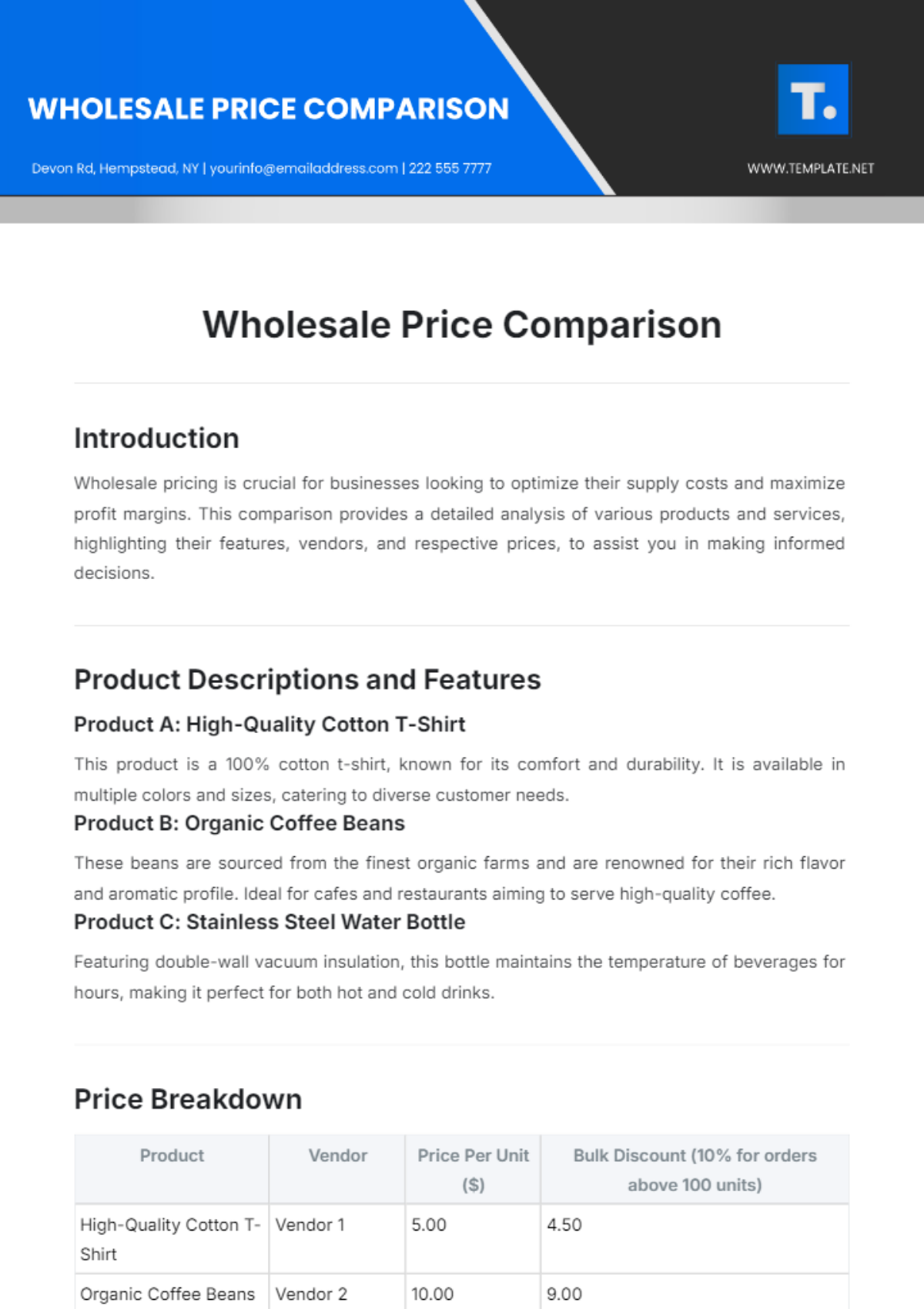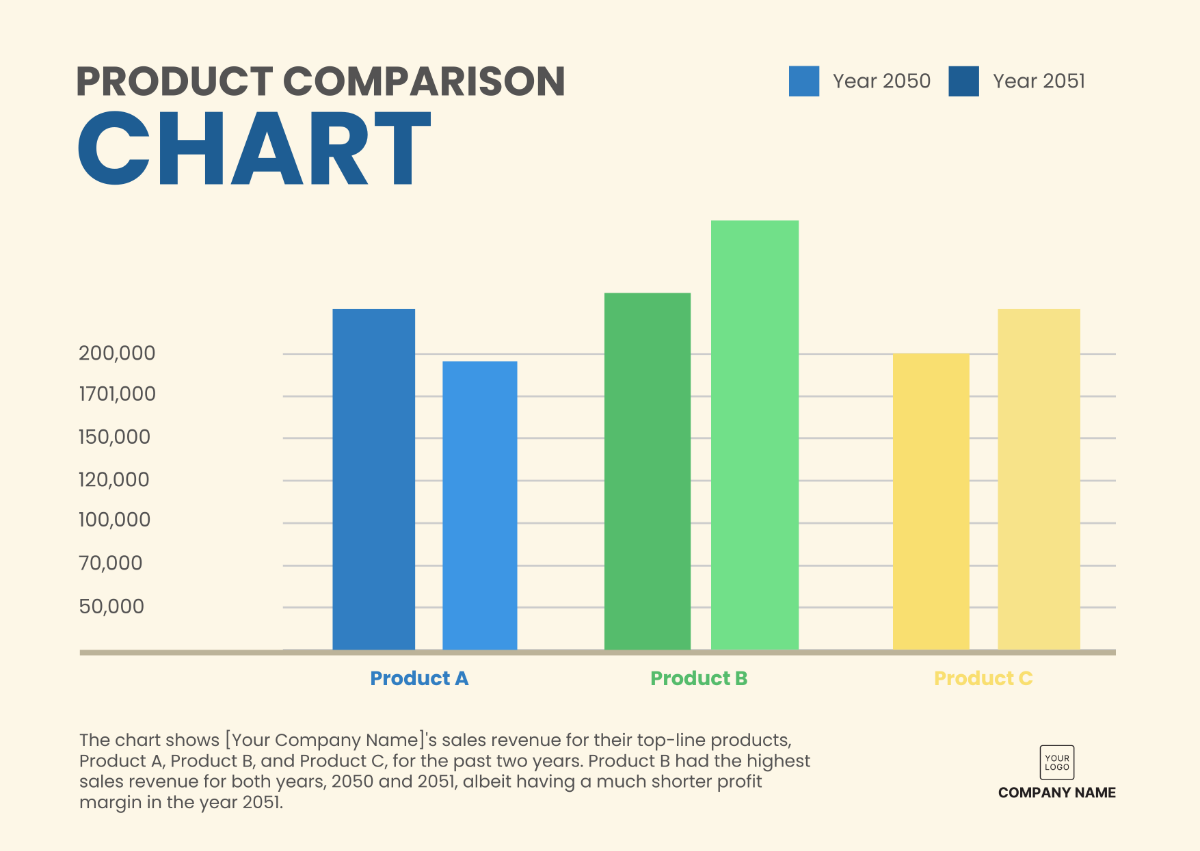Sales Team Protocol
Introduction to Sales Team Protocol
In the dynamic world of sales, where each interaction with a customer carries the potential to shape our success, the Sales Team Protocol emerges as the guide toward excellence. It is not just a document but a tool for cohesion and efficiency in our sales operations.
A. Purpose and Objectives
Let's embark on this venture by understanding its overarching purpose and objectives, fortified by data, case studies, and research findings.
Standardized Sales Process:
Within the pages of the Sales Team Protocol lies the blueprint for a standardized sales process. This is not a theoretical concept but a proven path to success. Recent statistics reveal that organizations with a well-defined sales process are 33% more likely to be high performers in their industry.
Enhanced Communication and Collaboration:
Our protocol isn't just about rules; it's about fostering an environment of open communication and seamless collaboration. A study conducted by Deloitte found that organizations with a culture of collaboration are five times more likely to be high-performing.
Structured Training and Development:
Our protocol is not just a document; it's an investment in the growth of our team. Research shows that organizations that invest in structured training and development for their sales teams experience 50% higher net sales per employee.
Compliance and Ethical Selling:
Our protocol is not just a guideline; it's a pledge to uphold the highest ethical standards in every interaction. A survey by Edelman found that 81% of consumers say trust in a brand is a deal-breaker in their purchasing decisions. Compliance with ethical selling practices is not just a choice; it's a mandate.
B. Importance of Standardized Protocols
As we navigate the complexities of sales, where every deal is a vital element of our success, standardized protocols emerge as our guide. Let's explore why they matter, substantiated by data and insights.
Consistency and Accountability:
Standardized protocols ensure that every member of our team adheres to the same best practices, resulting in a unified and predictable customer experience. In a world where 86% of customers expect a consistent experience across all channels, this is not just a luxury; it's a necessity.
Alignment with Company Goals:
Our company's success is not a single journey; it's a collective effort. Standardized protocols align individual actions with company goals, ensuring that every step taken by our sales team contributes to our broader mission. Studies have shown that organizations with aligned sales and marketing teams achieve a 24% faster three-year revenue growth and 27% faster three-year profit growth.
Individual and Team Success:
The impact of standardized protocols echoes beyond team dynamics; it extends to individual success. They provide a roadmap for our sales representatives, guiding them towards achievement. According to HubSpot, 72% of companies with less than 50 new opportunities per month didn't achieve their revenue goals. Standardized protocols are our way to ensure that we not only achieve but exceed our goals.
As we delve into the intricacies of our Sales Team Protocol in the sections ahead, remember that this isn't just a document; it's a commitment to excellence, a pledge to serve our customers with integrity, and a roadmap to success in the fiercely competitive world of sales. Let us embark on this journey with a clear understanding of its significance and the profound impact it can have on our team's performance and, ultimately, our company's success.
II. Sales Process and Workflow
Let's explore this critical element of our protocol, set clear expectations, and delve into its intricate components.
A. Sales Stages and Milestones
Within the realm of our sales process lies a structured framework, a roadmap to guide us from lead generation to the closing of deals. Each step is not just a mere formality; it's a critical milestone that helps us measure progress. Our protocol is a compass that ensures every team member comprehends their role in advancing prospects through this well-defined sales funnel.
Prospecting:
Before any sale can take place, we embark on the journey of prospecting, where we identify potential leads and opportunities. This is not a random pursuit; it's a strategic endeavor. According to research, 38% of salespeople struggle with prospecting. Our protocol equips us with the tools to overcome this challenge.
Lead Qualification:
Not all leads are created equal. Some hold the promise of conversion, while others may not align with our offerings. Lead qualification is the litmus test that helps us separate the wheat from the chaff. Our protocol sets the criteria for lead qualification, ensuring that our efforts are directed towards leads with the highest potential.
Needs Analysis:
Understanding the customer is the bedrock of effective selling. In the needs analysis stage, we delve deep into understanding customer pain points and requirements. It's not just a conversation; it's a discovery process that enables us to tailor our solutions effectively. Studies show that 78% of consumers are more likely to buy from a company that provides personalized experiences.
Solution Presentation:
Our products or services are not mere commodities; they are solutions to the challenges our customers face. The solution presentation stage is our canvas to paint a picture of how our offerings can transform their business. It's not just a pitch; it's a compelling narrative. According to Salesforce, 58% of salespeople believe that the ability to connect solutions to business needs is a key factor in closing deals.
Negotiation:
Our protocol provides the guidelines for productive negotiations that lead to mutually beneficial agreements.
Closing:
The closing of a sale is not the end; it's the beginning of a customer relationship. Our protocol defines the steps for finalizing the sale and obtaining commitments. It's not just a transaction; it's the start of a partnership. According to research by Invesp, it's five times more expensive to acquire a new customer than it is to retain an existing one.
Post-Sale Service:
Our commitment to excellence doesn't end with the sale. Post-sale service is where we ensure customer satisfaction and address any post-sale needs. It's not just a duty; it's an opportunity to build lasting relationships.
B. Lead Qualification and Segmentation
Within our vast pool of leads, there is a need for prioritization. Our protocol outlines the criteria for lead qualification, ensuring that we focus our efforts on leads with the highest potential for conversion. Additionally, we provide guidance on segmenting leads into distinct groups for personalized outreach. It's not just about quantity; it's about quality and relevance.
Lead Scoring:
Leads are not uniform in their potential. Lead scoring assigns scores to leads based on their fit and intent. This methodical approach ensures that we concentrate our resources where they are most likely to yield results.
Segmentation:
Not all leads are seeking the same solutions or have the same preferences. Our protocol advises on categorizing leads into distinct groups for personalized outreach. It's not just about reaching out; it's about resonating with their unique needs.
C. CRM Usage Guidelines
In the digital age, Customer Relationship Management (CRM) is our ally. Our protocol defines how we should use the CRM system, emphasizing data accuracy, activity tracking, and pipeline management. Proper CRM usage ensures that our sales data is a reliable foundation for decision-making.
Data Entry:
Our CRM is only as good as the data it contains. Timely and accurate recording of customer interactions ensures that our insights are based on solid foundations. It's not just data; it's the lifeblood of our decision-making.
Pipeline Management:
Our pipeline is not just a visual representation; it's a strategic tool for sales forecasting. Maintaining an updated pipeline allows us to make informed decisions about resource allocation and strategy.
Activity Tracking:
In the fast-paced world of sales, every action counts. Monitoring and documenting sales-related activities not only helps us measure productivity but also identifies areas for improvement.
Reporting:
Data is the currency of the modern business landscape. Our protocol emphasizes the importance of generating reports to analyze sales performance and opportunities. It's not just numbers; it's actionable insights.
As we delve deeper into the Sales Process and Workflow, remember that this is not just a set of guidelines; it's the backbone of our sales operations. Each element is a carefully crafted piece of the puzzle that, when put together, creates a well-oiled machine poised for success in the competitive world of sales.
III. Communication and Collaboration
Let us delve into this crucial aspect of our Sales Team Protocol, unveiling its inner workings and the value it brings to our team.
A. Internal Communication Practices
Our protocol is not a mere set of rules; it's a guide to foster a culture of open and transparent communication within our team. Here, we outline the best practices for sharing information, updates, and insights, ensuring that we operate as a cohesive unit.
Team Meetings:
In the fast-paced world of sales, information can be a game-changer. Regularly scheduled team meetings provide the platform for updates and strategy discussions. It's not just a meeting; it's a knowledge-sharing session. Research shows that organizations with effective communication are 50% more likely to have lower employee turnover.
Communication Tools:
Our protocol advises on utilizing company-approved communication tools for efficient information sharing. It's not just a tool; it's the conduit for collaboration. According to a study by McKinsey, effective use of digital communication tools can lead to a 20-25% increase in team productivity.
Documentation:
Our protocol emphasizes the importance of keeping records of important discussions, decisions, and action items. It's not just paperwork; it's the memory of our actions. Proper documentation allows us to learn from our experiences and track progress.
B. Collaboration with Support and Other Teams
Our protocol places a strong emphasis on cross-functional collaboration. Sales representatives are not just solitary entities; they are the bridge between our customers and other teams. Here, we explore the value of collaboration with support, marketing, and product development teams.
Support Collaboration:
Customer inquiries and issues do not adhere to departmental boundaries. Coordinating with the support team is not just a formality; it's a commitment to addressing customer needs promptly. Research shows that 70% of customers expect seamless support, regardless of the channel they use.
Marketing Collaboration:
Our marketing efforts are not isolated; they are part of a larger strategy. Providing feedback to the marketing team on lead quality and content effectiveness is not just a suggestion; it's a responsibility. Effective collaboration can ensure that our marketing efforts are finely tuned to attract high-quality leads.
Product Feedback:
Our product is not static; it evolves with customer needs. Sharing customer feedback and product improvement suggestions with the product development team is not just a courtesy; it's a catalyst for innovation. Research by PwC shows that 73% of consumers believe a good experience with one company raises their expectations of others.
C. Customer Communication Standards
The bridge between our offerings and our customers is our communication. Our protocol extends to customer communication, where professionalism and effectiveness are the cornerstones. Here, we define guidelines for interactions that build trust and loyalty.
Response Times:
In the digital era, speed matters. Setting expectations for response times to customer inquiries is not just a formality; it's a commitment to customer satisfaction. A study by Toister Performance Solutions found that 71% of customers expect companies to respond to emails within one hour.
Follow-up Procedures:
Customer relationships don't end with the first interaction; they evolve over time. Defining the process for following up with leads and customers is not just a task; it's a journey of nurturing relationships. Research by Bain & Company reveals that increasing customer retention rates by just 5% increases profits by 25% to 95%.
Issue Resolution:
Challenges are inevitable, but our response is within our control. Guidelines for addressing customer issues and escalations are not just a protocol; they're a testament to our commitment to customer satisfaction. Research by Microsoft shows that 52% of customers worldwide have switched providers in the past year due to poor customer service.
Effective communication and collaboration are not just goals; they are the engines that drive our team toward excellence in the world of sales.
IV. Sales Training and Development
Sales Training and Development are the foundations upon which excellence is built. Let us explore this integral part of our Sales Team Protocol, understanding its significance and the avenues it opens for growth and success.
A. Onboarding and Orientation
The journey of a successful sales team member begins with a well-structured onboarding process. It's not just an introduction; it's the first step towards a promising career in sales. Here, we outline the key components of this foundational phase.
Orientation:
Joining a new team is not just about knowing names; it's about understanding the culture, values, and mission of our company. Orientation is not just a session; it's the immersion into our organizational DNA. According to research by Glassdoor, a strong onboarding process can improve employee retention by 82%.
Product Training:
Our products and services are not just offerings; they are solutions to customer challenges. Product training is not just about product knowledge; it's about equipping our team with the expertise to articulate how our offerings can transform businesses. According to Salesforce, 72% of salespeople believe they need more knowledge about the products they sell.
Tool Familiarization:
In the modern sales landscape, tools are our allies. Familiarization with CRM systems, sales tools, and resources is not just an option; it's a necessity. Research by CSO Insights found that organizations that provide adequate sales technology tools see a 25.3% improvement in quota attainment.
B. Ongoing Training and Skill Development
Our protocol acknowledges the value of continuous learning and skill development, offering avenues for our team to stay competitive.
Skill Enhancement:
Our protocol outlines training programs that address these gaps, ensuring that our team is always at the top of its game.
Industry Insights:
Staying updated is not just a habit; it's a competitive advantage. Our protocol encourages our team to embrace industry insights and leverage them for success.
Sales Techniques:
Ongoing training in sales techniques is not just a choice; it's a commitment to excellence. A study by the Sales Management Association found that organizations with effective sales training programs are more likely to achieve quota.
C. Performance Evaluation and Feedback
Our protocol details the process of performance evaluation, providing insights into key performance indicators, and fostering a culture of transparent feedback.
Key Performance Indicators (KPIs):
Our protocol establishes Key Performance Indicators (KPIs) that serve as the yardstick for sales performance assessment. It's not just numbers; it's the path to improvement.
Feedback Sessions:
Our protocol encourages regular feedback sessions where strengths, areas for improvement, and development plans are not just discussed; they are embraced. According to Harvard Business Review, employees who receive regular feedback are 3.5 times more likely to be engaged at work.
Performance Improvement Plans:
Our protocol outlines action plans for team members who need support in specific areas. It's not just a plan; it's the path to redemption and success.
As we navigate the realm of Sales Training and Development, remember that this is not just a section of our protocol; it's a tool for our team's growth and success. It's not just a process; it's the promise of a brighter future in the world of sales.
V. Compliance and Ethics
A. Adherence to Company Policies
Our sales team is expected to adhere to company policies, including those related to data security, confidentiality, and business conduct. The protocol underscores the importance of upholding these policies to maintain our reputation and integrity.
Data Security: Protecting customer data and sensitive information.
Confidentiality: Respecting non-disclosure agreements and confidential company information.
Business Conduct: Upholding ethical standards in all interactions.
B. Ethical Selling Practices
Ethical selling practices are non-negotiable. Our protocol emphasizes the importance of honesty, transparency, and ethical behavior in all sales interactions. Upholding ethical standards builds trust with customers and partners.
Honesty: Providing accurate information about products, services, and pricing.
Transparency: Disclosing any potential conflicts of interest or limitations.
Customer Respect: Treating all customers with respect and fairness.
C. Handling Customer Data and Privacy
Respecting customer data and privacy is a fundamental aspect of our protocol. We provide guidelines on handling customer information, consent procedures, and data protection regulations compliance to safeguard customer trust.
Data Handling: Safeguarding customer data and ensuring compliance with data protection laws.
Consent Procedures: Obtaining explicit consent for data collection and processing.
Data Privacy Compliance: Adhering to data privacy regulations and industry standards.
